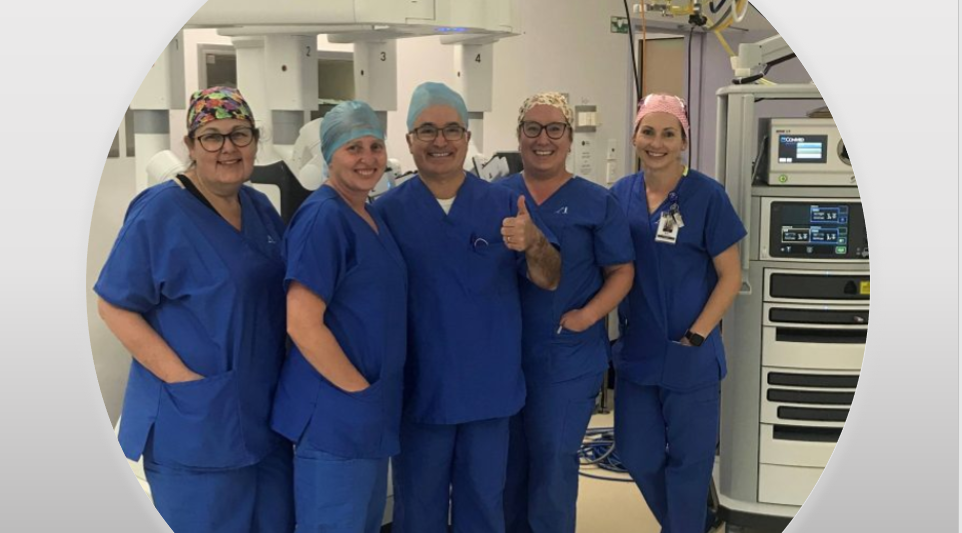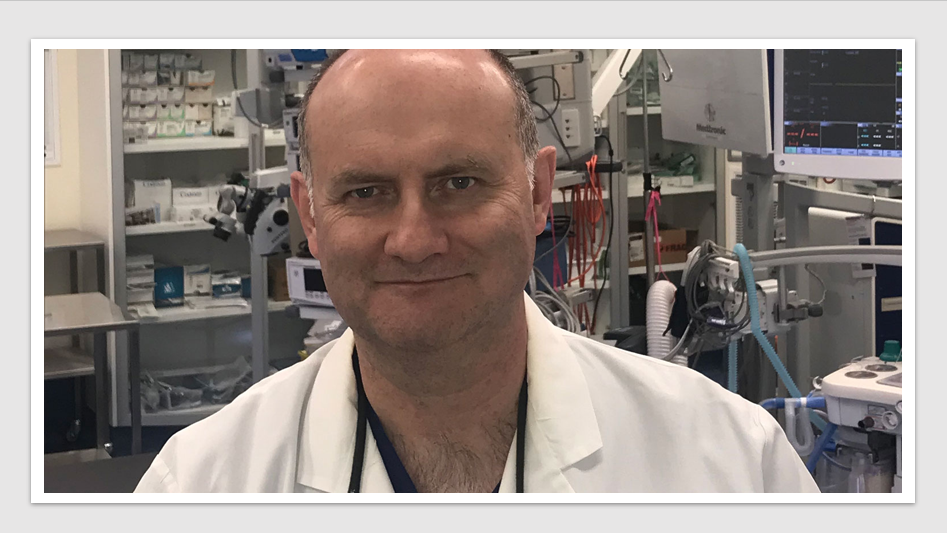News & Trends - MedTech & Diagnostics
Robotic surgery milestone for pioneering regional hospital

MedTech News: The surgical team at a regional hub in Queensland has celebrated a technological milestone, with the 1,000th patient treated using robotic-assisted surgery.
St Andrew’s Toowoomba Hospital started using the advanced surgical method in 2014, becoming the first regional hospital in Australia to implement the system.
In April 2021, gynaecologist Dr Anthony Cerqui performed the landmark 1,000th robotic-assisted case, undertaking a hysterectomy for a patient from the Lockyer Valley.
Dr Cerqui said the advancement in technology would help patient outcomes.
“Robotic surgery is the way of the future,” he said. “One of the big advantages is that a lot of the external incisions are smaller.”
The team at St Andrew’s use the advanced surgical equipment for a wide variety of conditions including gynaecological problems, ear, nose and throat (ENT) and urology procedures, along with hernia repair and weight-loss surgery.
Its surgeons train in the United States and Asia to enable them to undertake advanced robotic-assisted cases, and the private hospital has recently upgraded Intuitive’s da Vinci robot, supplied in Australia and New Zealand by Device Technologies, to the latest available model at a cost of $2.7 million.
Urologist Dr Jacob Gleeson said the program had been leading the way, particularly for regional areas.
“It was a big deal for this hospital, we were the first regional centre in Australia to take on robotic surgery,” he said.
“And from the surgeon’s point of view, sitting and working rather than four hours standing over a patient, it’s just better physically and mentally for the surgeon.”
Robotic surgery is minimally invasive and involves the use of a computer to control surgical instruments attached to robotic arms.
In the operating theatre the surgeon uses controls to move a camera and instruments, which enables precise and delicate procedures with only small incisions.
The technology provides surgeons with 3D vision in real time, wristed instruments that improve dexterity, and tremor cancelling software that enables surgical precision.
Patient recovery following robotic surgery is also improved, including less pain, blood loss and scarring, with a shorter hospital stay and faster return to normal activities.
News & Trends - MedTech & Diagnostics

Roche Diagnostics MD bids farewell after two-decades, leading the organisation to new heights of success
Diagnostics & MedTech News: The Managing Director of Roche Diagnostics Australia, Allison Rossiter, has announced her resignation, effective September 2024. […]
MoreNews & Trends - Pharmaceuticals

Is Australia ready to play a leading role in precision nuclear medicines?
Pharma News: A newly released discussion paper unveils Australia’s preparedness to take the helm in the rise of the global […]
MoreNews & Trends - MedTech & Diagnostics

Minimally invasive procedure a first in epilepsy treatment
MedTech & Diagnostics News: An Australian-first procedure utilising MRI-guided, minimally invasive surgery has been introduced for the treatment of epilepsy […]
MoreNews & Trends - Pharmaceuticals

Stakeholders unite in international call to tackle breast cancer gaps and inequities
Pharma News: Breast Cancer Network Australia (BCNA) has united in an international call to raise breast cancer care standards and […]
More